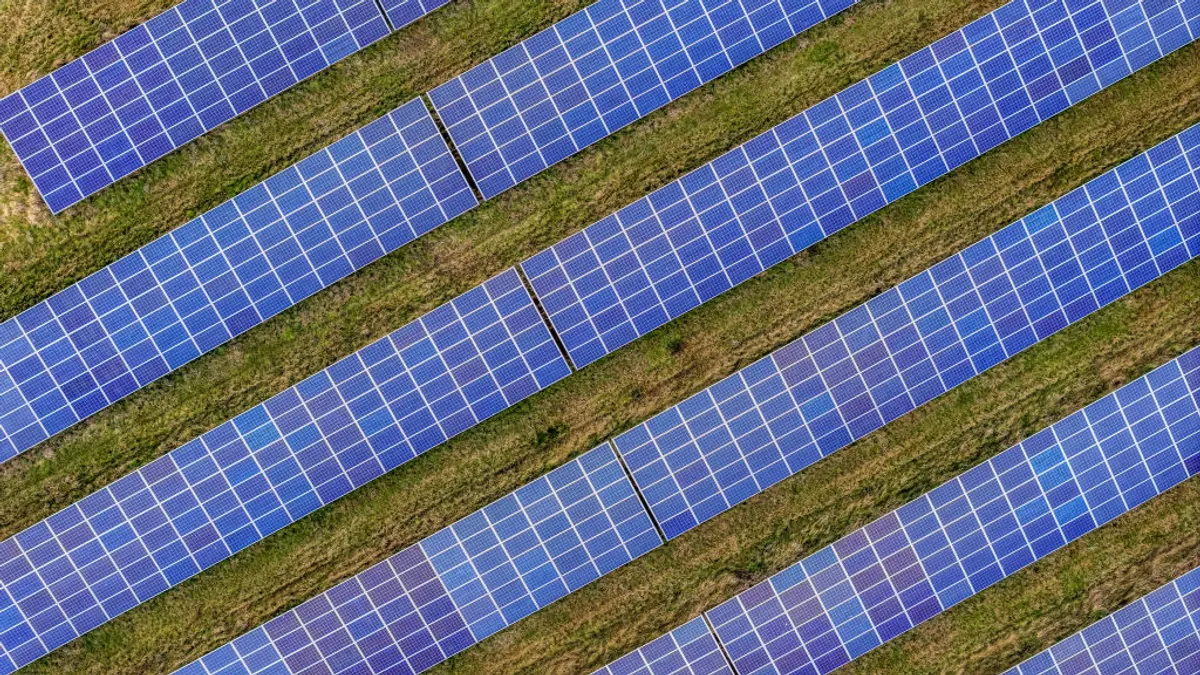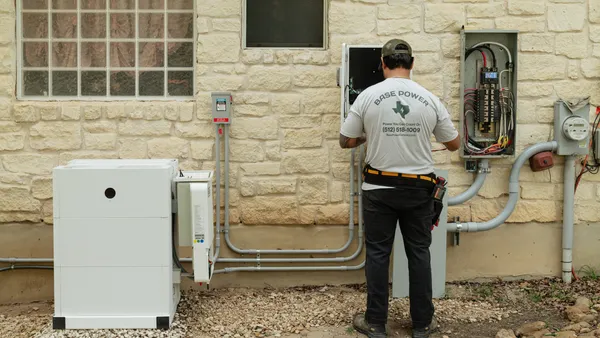Dive Brief:
- Extending tax credits for renewable energy, efficiency standards for appliances and vehicles, and making the Clean Power Plan more aggressive past 2030, would reduce carbon dioxide emissions from energy sources and boost renewable production, according to the U.S. Energy Information Administration.
- Solar and wind generation could grow to 1,236 billion kWh in 2040, 30% above a projected 950 billion kWh in the current reference case if tax credits are kept in place.
- Extending tax credits for renewable production could also help smooth an anticipated fast ramp-up as solar and wind generation approach incentive expiration in 2021.
Dive Insight:
EIA said its Annual Energy Outlook 2016 reference case typically assumes current laws and policies, and under that scenario, anticipates growing solar and wind generation from 227 billion kWh in 2015 to almost 1 trillion kWh in 2040. Those expectations rise 30% when tax credits are extended, and environmental regulations are strengthened.
"Extending these policies and increasing the stringency of the Clean Power Plan beyond 2030 would reduce energy-related carbon dioxide (CO2) emissions by reducing motor fuel use and energy use in buildings by increasing efficiency and by increasing the share of solar and wind in the electricity generation mix," EIA said in a research note yesterday.
The Clean Power Plan aims to reduce carbon emissions by 32% across the country by 2030, but the U.S. Supreme Court has delayed the rule's implementation while the U.S. Court of Appeals for the D.C. Circuit considers challenges.
EIA said its "extended policies case" also considers an extension of federal energy efficiency policies that encourage the adoption of efficient appliances and equipment in the residential, commercial, industrial, and transportation sectors. Energy use reductions in the transportation segment would be driven by extension of fuel economy requirements targeting consumption in light-duty, medium-duty, and heavy-duty vehicles.
Emissions and demand in the buildings sector would also decline, the result of improvements in equipment for heating and cooling, and increased adoption of more stringent building energy codes. The spread of distributed resources like rooftop solar will also reduce power purchases.
Recent analysis of the Clean Power Plan by the North American Electric Reliability Corp. found the rule would help reduce U.S. annual electricity demand growth from 0.61% to 0.31%. Combined wind and solar capacity will rise by an additional 10 to 20 GW over the next 15 years, while coal capacity will decline by up to 27 GW.
According to NERC, without the greenhouse gas law, state standards and federal tax credits will help add 100 to 110 GW of renewable capacity between now and 2030. With the CPP, that capacity rises to 120 GW.












